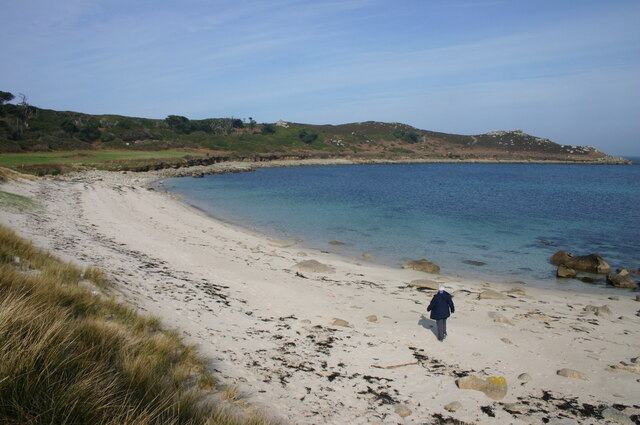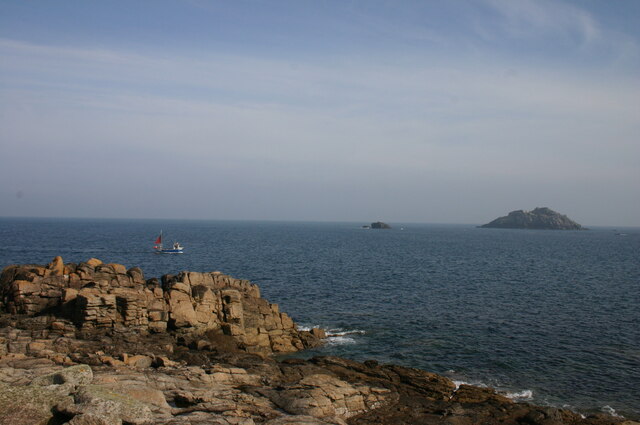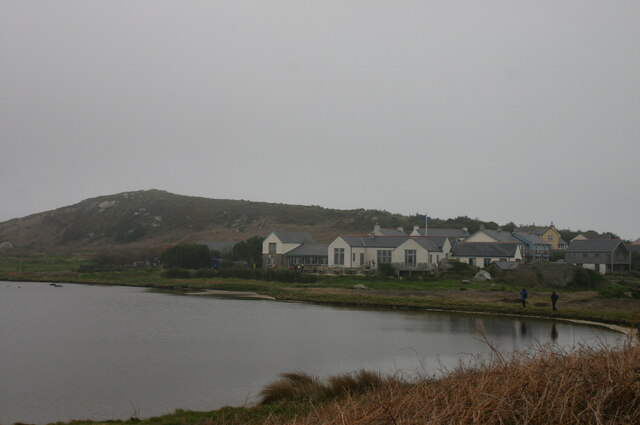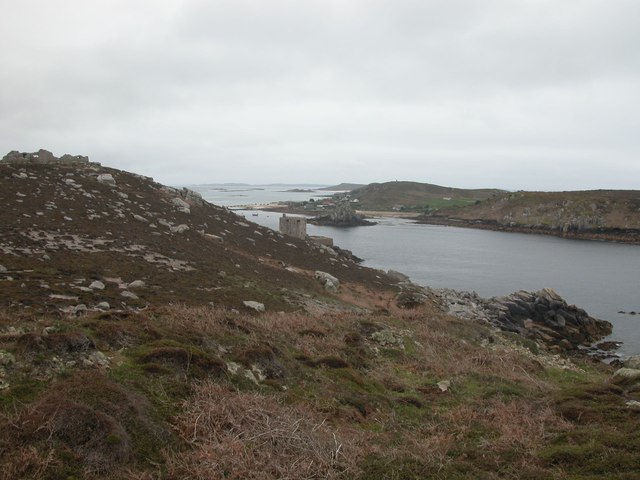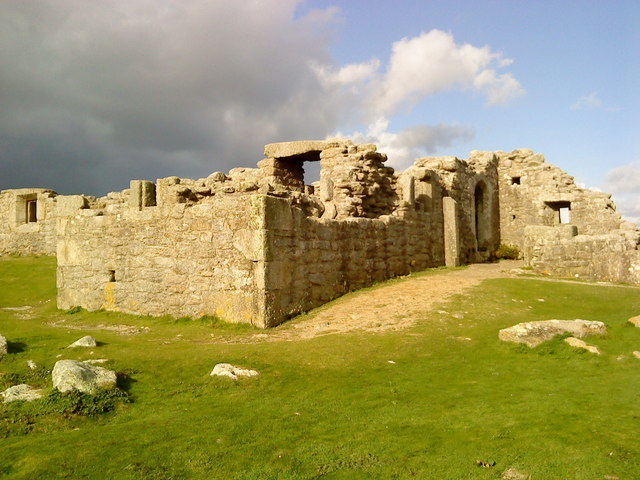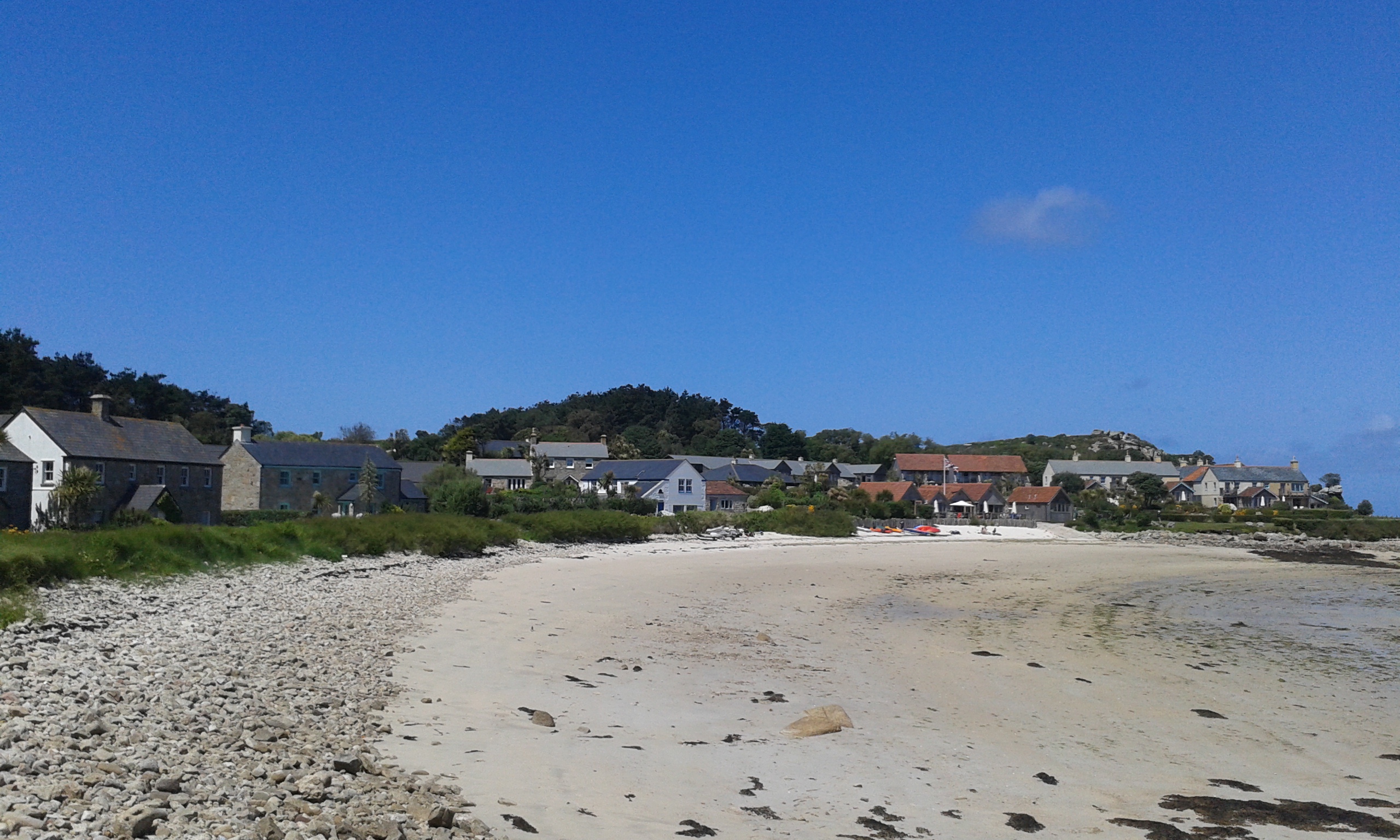Castle Down
Downs, Moorland in Cornwall
England
Castle Down

Castle Down, Cornwall, also known as Downs or Moorland, is a picturesque area located in the southwestern region of England. Spanning across vast acres, this natural marvel is a haven for nature lovers and history enthusiasts alike.
The landscape of Castle Down is characterized by rolling hills and open grasslands, offering breathtaking panoramic views of the surrounding countryside. The area is home to a diverse range of flora and fauna, including heather, gorse, and various species of wildflowers. The moorland is also a habitat for numerous bird species, such as skylarks and kestrels, making it a popular spot for birdwatching.
One of the most prominent features of Castle Down is its historic castle ruins, which date back to the medieval period. The ruins are perched on a hilltop, providing visitors with a glimpse into the region's rich past. Exploring the castle grounds offers a fascinating insight into the architectural prowess of the time, with remnants of towers, walls, and a keep still visible today.
Castle Down is a favorite destination for hikers and walkers, boasting an extensive network of footpaths and trails. Visitors can embark on scenic walks, taking in the breathtaking views and immersing themselves in the tranquility of the surrounding countryside.
For those seeking a tranquil escape or a chance to delve into history, Castle Down, Cornwall, is the perfect destination. Its natural beauty, coupled with the intriguing castle ruins, offers a unique and enchanting experience for all who venture to this remarkable location.
If you have any feedback on the listing, please let us know in the comments section below.
Castle Down Images
Images are sourced within 2km of 49.963165/-6.3451406 or Grid Reference SV8816. Thanks to Geograph Open Source API. All images are credited.








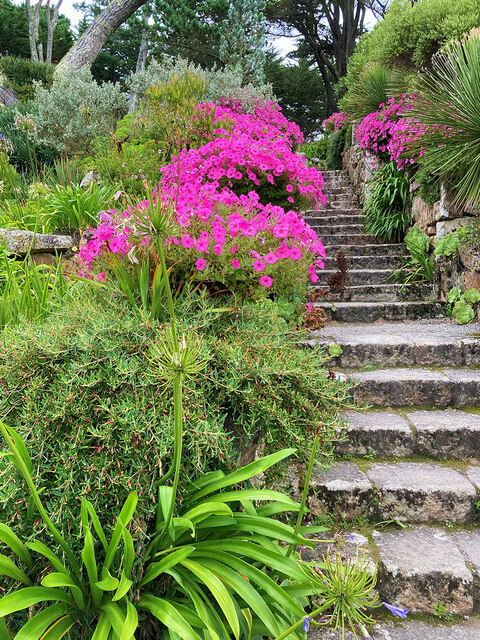
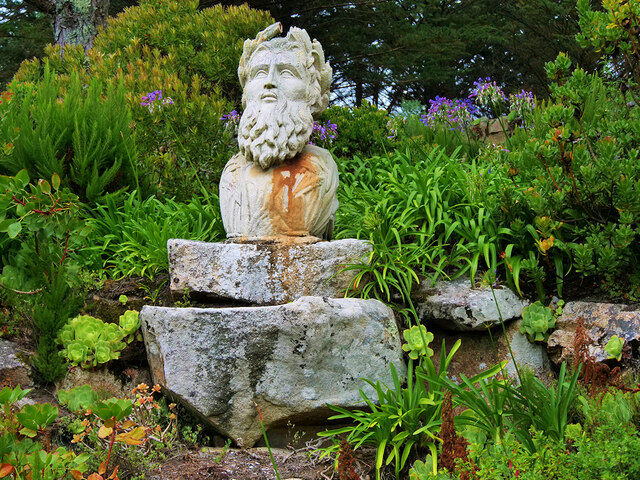
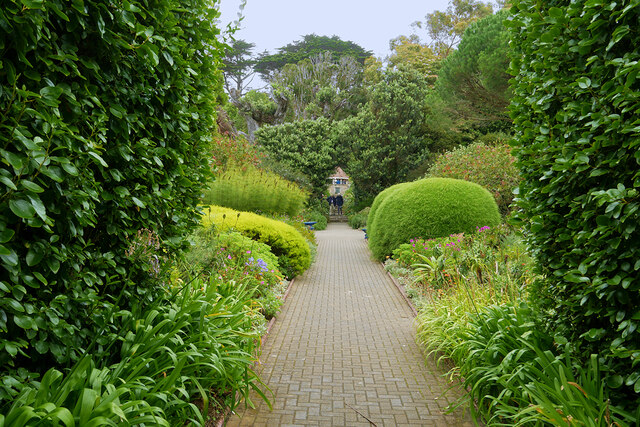
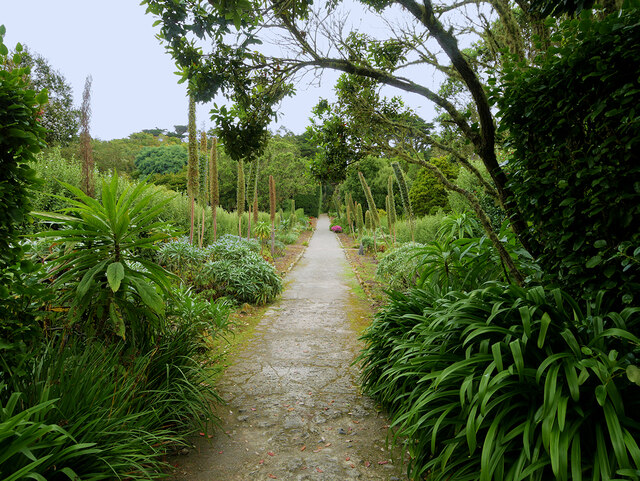
Castle Down is located at Grid Ref: SV8816 (Lat: 49.963165, Lng: -6.3451406)
Division: Isles of Scilly
Unitary Authority: Isles of Scilly
Police Authority: Devon and Cornwall
What 3 Words
///carbonate.airbrush.online. Near Tresco, Isles of Scilly
Nearby Locations
Related Wikis
Castle Down
Castle Down is a windswept plateau of maritime heath in the northern part of the island of Tresco, Isles of Scilly. The area has a number of designations...
King Charles's Castle
King Charles's Castle is a ruined artillery fort overlooking New Grimsby harbour on the island of Tresco in the Isles of Scilly. Built between 1548 and...
Cromwell's Castle
Cromwell's Castle is an artillery fort overlooking New Grimsby harbour on the island of Tresco in the Isles of Scilly. It comprises a tall, circular gun...
Piper's Hole
Piper's Hole is a sea cave located on Tresco, an island of the Isles of Scilly. The name Piper's Hole can also refer to another, more minor, sea cave in...
Old Grimsby
Old Grimsby (Cornish: Enysgrymm Goth) is a coastal settlement on the island of Tresco in the Isles of Scilly, England. It is located on the east side of...
St Nicholas's Church, Tresco
St Nicholas's Church, Tresco, is a parish church in the Church of England located in Tresco, Isles of Scilly, UK. == History == Originally two old cottages...
New Grimsby
New Grimsby (Cornish: Enysgrymm Nowyth) is a coastal settlement on the island of Tresco in the Isles of Scilly, England. It is located on the west side...
RNAS Tresco
RNAS Tresco was a Royal Naval Air Service base on Tresco, the second largest island in the Isles of Scilly. From February 1917 to May 1919 aircraft patrolled...
Nearby Amenities
Located within 500m of 49.963165,-6.3451406Have you been to Castle Down?
Leave your review of Castle Down below (or comments, questions and feedback).
